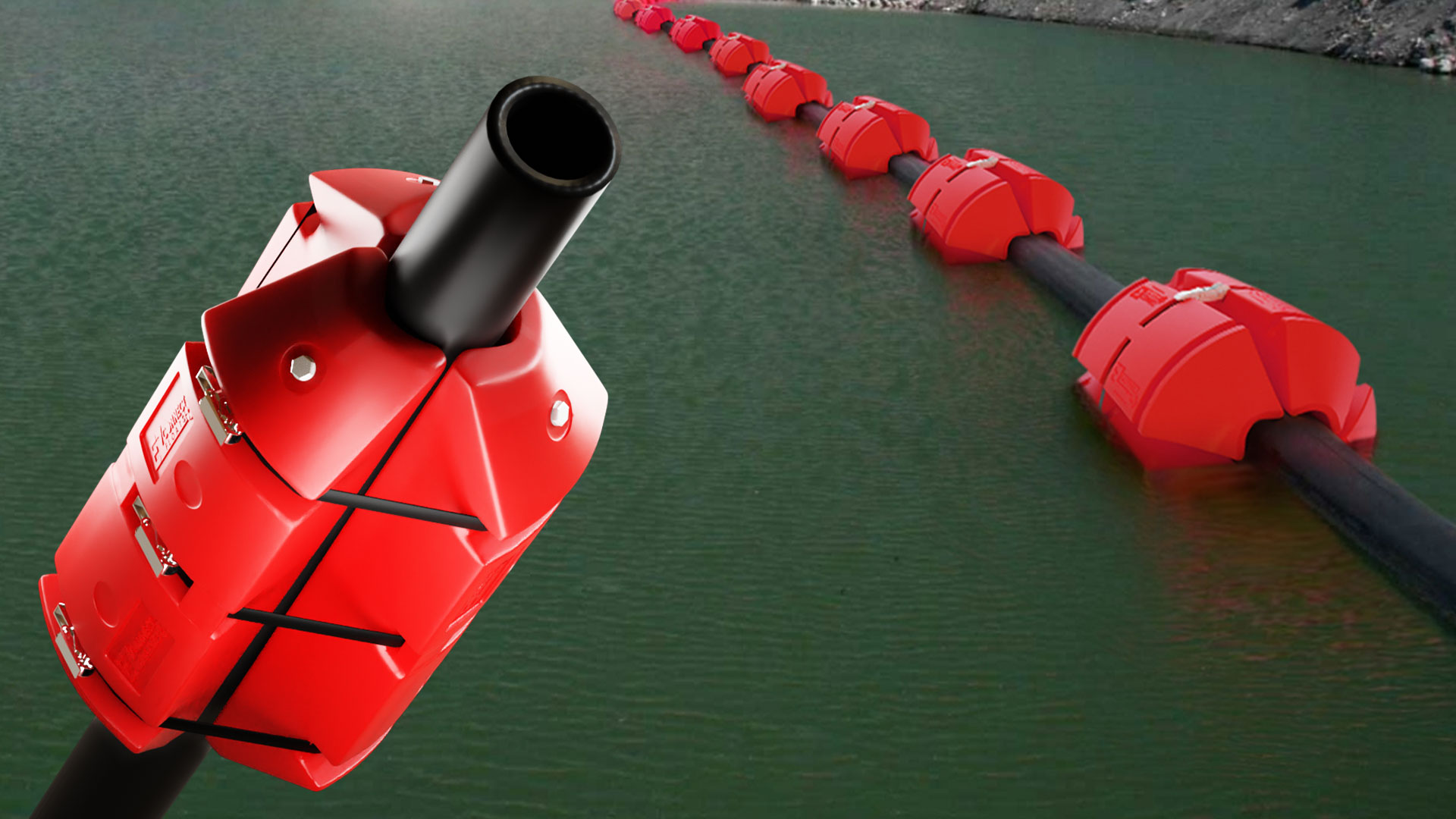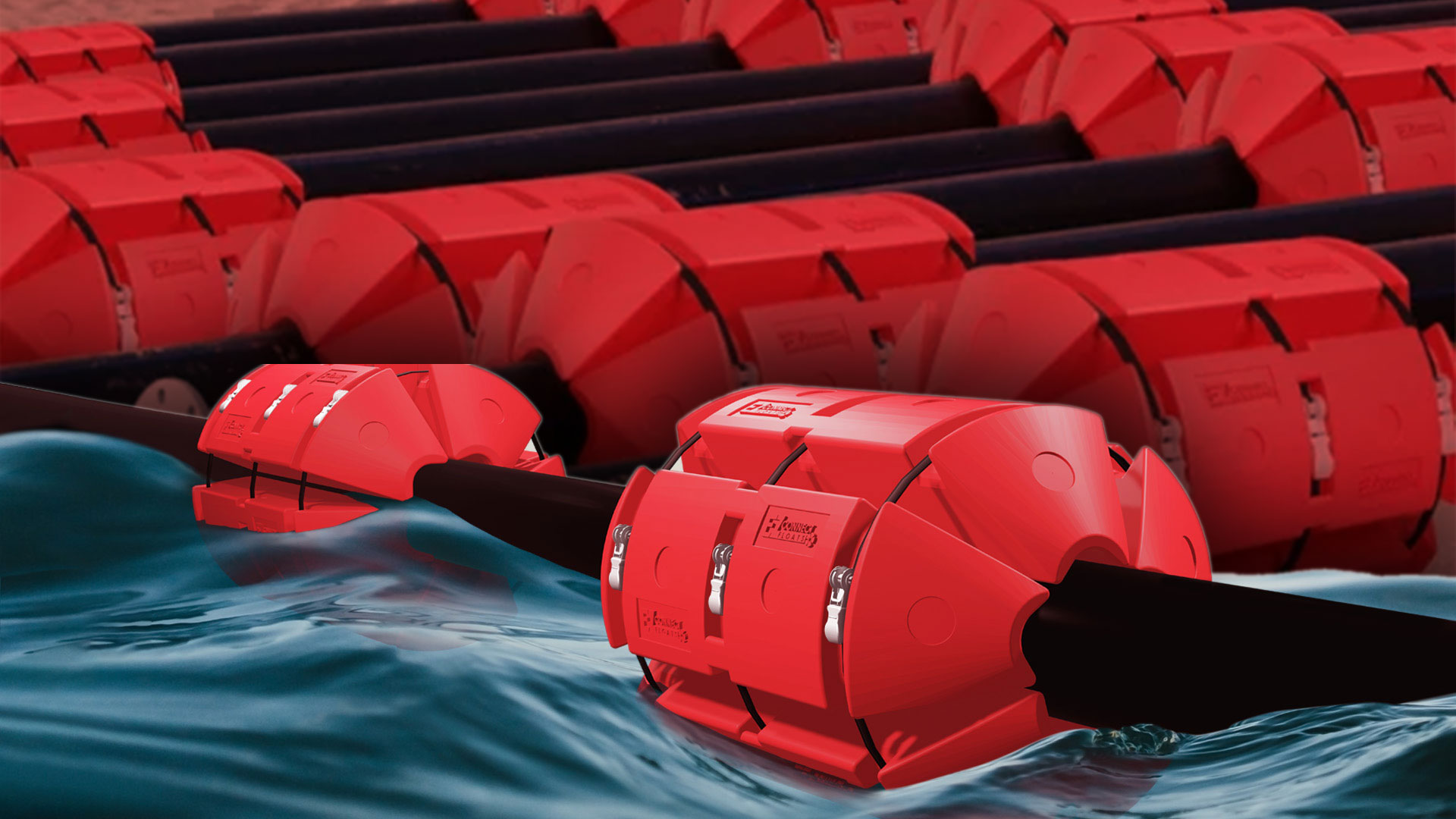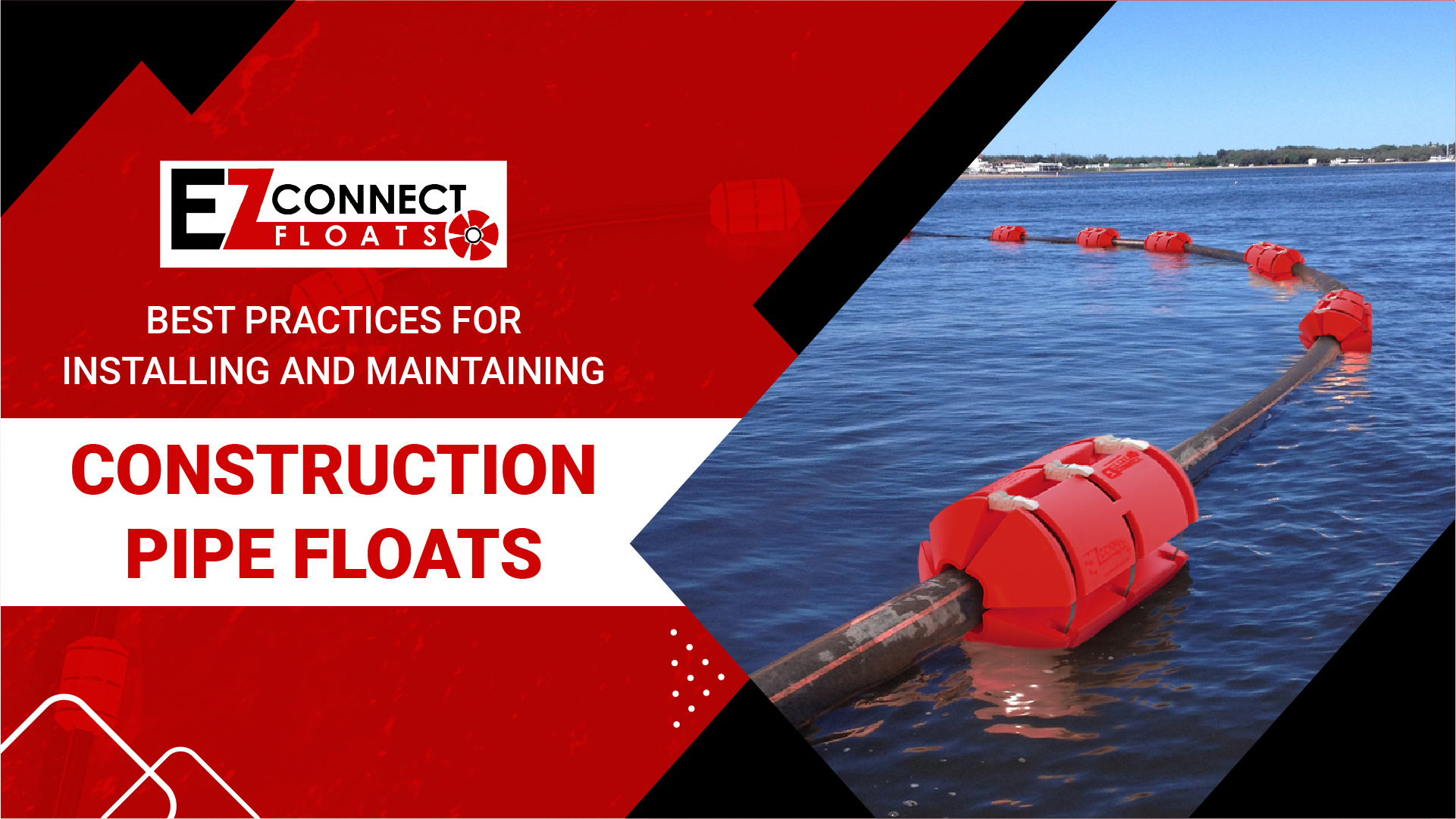
Installing and Maintaining Construction Pipe Floats
Construction pipe floats play a vital role in supporting pipelines and other infrastructure in various construction applications. They provide essential buoyancy, ensuring that these structures remain elevated and stable in water or challenging environments. To maximize their effectiveness, proper installation and maintenance are crucial. This article outlines best practices for both, focusing on the importance of site assessment, selecting the right float type, and following correct installation techniques. Regular inspections and upkeep are key to ensuring durability and optimal performance. By adhering to these best practices, you can enhance the functionality and longevity of construction pipe floats in your projects, ultimately contributing to the success and safety of your operations.
Understanding Construction Pipe Floats
Definition and Types of Construction Pipe Floats
Construction pipe floats are buoyant devices used to support pipelines, cables, and other structures in water or challenging terrain. They come in various shapes and sizes, tailored to specific applications. Common types include cylindrical floats, rectangular floats, and specialized cable floats.
Common Materials Used in Pipe Floats
Most pipe floats are made from durable materials such as polyethylene, fiberglass, or foam-filled plastics. These materials offer excellent buoyancy, resistance to UV radiation, and longevity in harsh environments.
Applications of Construction Pipe Floats in the Industry
Construction pipe floats are widely used in marine construction, oil and gas operations, dredging, and temporary waterway installations. They help keep pipelines elevated above water, reducing the risk of damage from sediment, debris, or harsh weather conditions.
Best Practices for Installing Construction Pipe Floats
1. Site Assessment
Before installation, it’s essential to conduct a thorough site assessment. Evaluate the environmental conditions, including water currents, wave action, and potential debris. Understanding these factors will help you choose the right floats and installation methods.
2. Choosing the Right Float
Selecting the appropriate size and type of pipe float is critical. Consider the weight capacity needed for the pipeline or structure you’re supporting. Ensure the float provides adequate buoyancy and stability for the specific application.
3. Installation Techniques
Step-by-Step Installation Process
- Preparation: Clear the installation area of any debris or obstacles. This ensures a safe working environment and proper float positioning.
- Positioning: Place the floats at designated intervals, ensuring they are adequately spaced based on the weight and length of the pipe.
- Securing the Floats: Use ropes, chains, or straps to secure the floats to the pipeline. Ensure that the floats are fastened tightly to prevent movement during installation and use.
Tips for Securing Floats in Place
- Use anchoring systems as necessary, especially in areas with strong currents.
- Ensure the floats are level to maintain stability.
- Regularly check fastenings during the installation process.
Importance of Proper Alignment and Spacing
Proper alignment and spacing are essential to maintaining balance and preventing excessive stress on the pipeline. Incorrectly positioned floats can lead to structural failure or damage.
4. Safety Considerations
Safety should always be a priority during installation. Ensure all workers are equipped with the necessary personal protective equipment (PPE), such as life jackets, helmets, and gloves. Establish clear communication protocols to ensure everyone is aware of their responsibilities and potential hazards.
Maintaining Construction Pipe Floats
1. Regular Inspections
Conducting regular inspections is vital for the longevity of construction pipe floats. Establish a schedule for inspections, focusing on:
- Wear and Tear: Look for cracks, punctures, or deformation in the floats.
- Buoyancy: Check that the floats maintain their intended buoyancy levels.
2. Cleaning and Upkeep
Regular cleaning of pipe floats helps prevent algae growth and debris accumulation, which can affect buoyancy. Use non-abrasive cleaners and soft brushes to maintain the integrity of the float material.
Preventing Algae and Debris Buildup
- Perform cleanings at least once every few months, depending on the environmental conditions.
- Consider applying a marine anti-fouling coating to reduce algae growth.
3. Repair and Replacement
Identifying when to repair versus replace a float is crucial for maintaining operational efficiency. Common signs that a float needs repair include:
- Cracks or leaks that may affect buoyancy.
- Significant wear that compromises structural integrity.
Common Repair Techniques
For minor damages, patching or sealing with marine-grade epoxy can be effective. However, if a float is severely damaged or degraded, replacement is often the best course of action.
4. Seasonal Maintenance Tips
Seasonal changes can significantly impact the performance of construction pipe floats. Prepare floats for seasonal changes by:
- Inspecting for damage caused by winter ice or summer heat.
- Removing floats if they are not in use during off-peak seasons to reduce wear.
Enhancing Performance with Cable Floats
Overview of Cable Floats and Their Benefits
Cable floats are another option for providing buoyancy and stability, particularly in applications involving cables or hoses. They help distribute weight more evenly, reducing stress on individual components.
Situations Where Cable Floats Can Improve Stability and Performance
Cable floats are particularly beneficial in:
- Long pipeline stretches where traditional floats may not provide adequate support.
- Areas with strong currents or wave action, where stability is critical.
Installation Tips Specific to Cable Floats
When installing cable floats, ensure they are spaced evenly along the cable or pipeline. Use additional anchoring techniques as needed to maintain stability and prevent shifting.
Conclusion
Proper installation and maintenance of construction pipe floats are crucial for ensuring their durability and enhancing performance across various construction applications. By adhering to the best practices outlined in this article, you can optimize the use of construction pipe floats, ensuring your projects remain safe and effective. Regular inspections and maintenance are vital for extending the lifespan of these floats. We encourage you to share your experiences or ask questions in the comments below—let’s continue the conversation about effective practices in the construction industry!
Have Questions?
Get in touch with us now!
Related Blogs
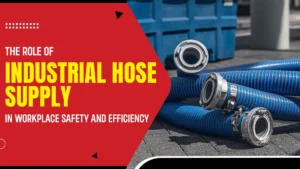
The Role of Industrial Hose Supply in Workplace Safety and Efficiency
In high-stakes industries such as oil and gas, mining, manufacturing, dredging, and defense, industrial hoses serve as vital connectors in daily operations. Whether transferring hazardous
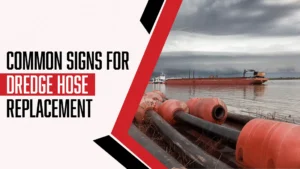
Common Signs For Dredge Hose Replacement
Dredge hose is an essential component in mining, oil and gas, and heavy industries, where it is used to transport materials such as sediment, slurry,

The Role of Automation and AI in Next-Generation Dredging Technology
Dredging technology has undergone a quiet but powerful transformation over the past decade. A purely mechanical process, which included heavy machinery, manual supervision, and reactive


